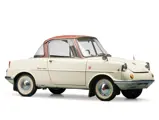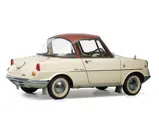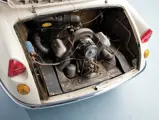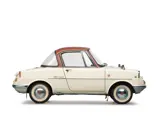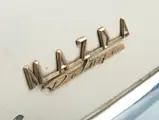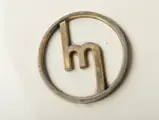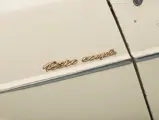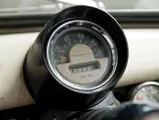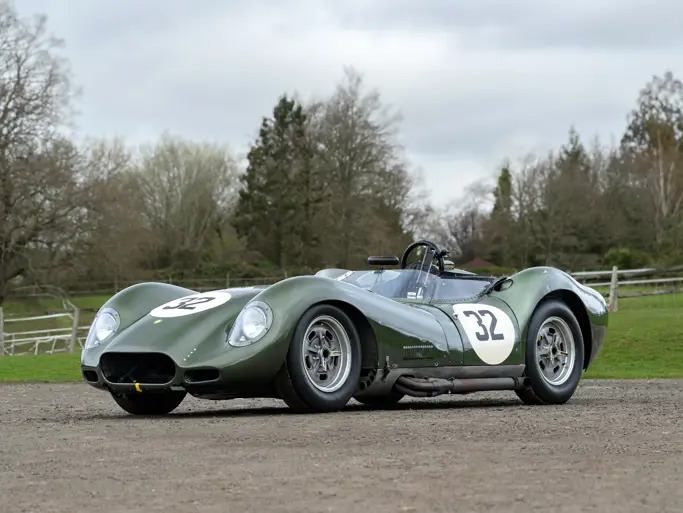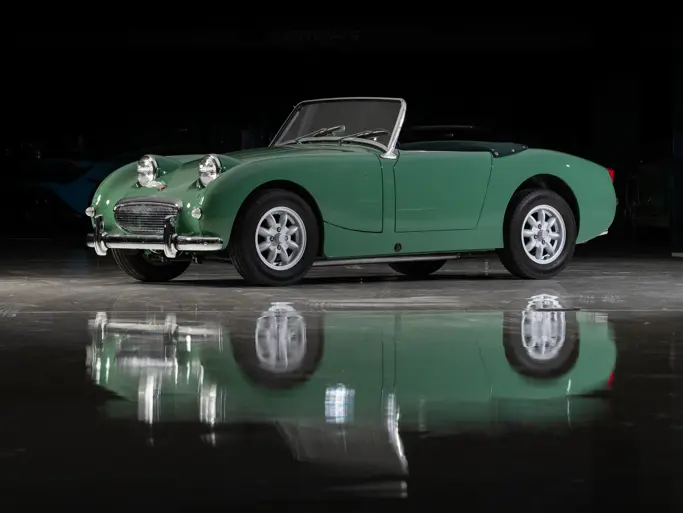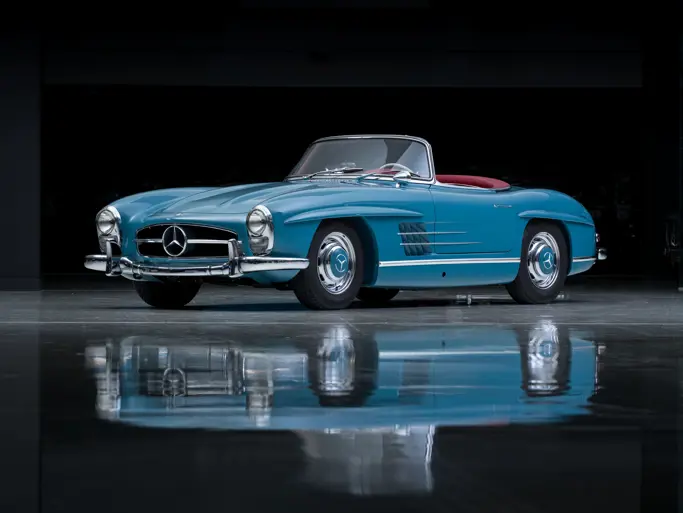The Bruce Weiner Microcar Museum
1962 Mazda R-360 Coupe
{{lr.item.text}}
$28,750 USD | Sold
 | Madison, Georgia
| Madison, Georgia
{{internetCurrentBid}}
{{internetTimeLeft}}

An exceptionally well-documented example.
SPECIFICATIONS
Manufacturer: Toyo Kogyo Co.
Origin: Hiroshima, Japan
Production: 23,417
Motor: Mazda 2-cyl., 4-stroke
Displacement: 356 cc
Power: 11 hp
Length: 9 ft. 10 in.
Identification No. 1082
By 1960, Japan was on the upward swing of an economic recovery. Car manufacture had been reinstated in 1949, and this increased competition meant that wholesalers and retailers had to speed up delivery by using private trucks of all sizes. Three-wheeler work trucks and delivery vehicles had become particularly symbolic of the nation’s recovery. Incomes were increasing, the tourist bus business flourished, and ownership of a private car became a national dream. Car production was strictly government-regulated through a series of engine displacement categories, which encouraged manufacturers to get the maximum performance within each category. The small-displacement categories were particularly well suited to Japan’s narrow roads and high-density urban areas. Yet, cars were expensive and hard to come by.
Mazda launched its R-360 on May 28, 1960, to great acclaim. First of all, the price was within reach. At 300,000 yen, this sophisticated little car could not remotely compare with the scooter-like Fuji Cabin, for which 230,000 yen was being asked. Technically very advanced, it featured a monocoque body with light alloy parts, making it, at 840 pounds, the lightest car on the market. Suspension was independent rubber-in-torsion on all corners. The engine was the first four-stroke to be used by a car in this micro-class, meaning better fuel economy than the two-strokes. It used a number of magnesium alloy parts for weight-saving. The gearbox was a four-speed with an unheard-of optional automatic transmission. In fact, it was the first car ever produced in the country with a torque converter. The styling was superb, a jaunty, stylish mix of form and function. Proportions are extremely well handled for such a small car, with a subtle tilt-back of the coupe section giving it a somewhat perky attitude.
It was so highly regarded that a week before its launch there were orders for 4,500 cars in hand, and as a result, the R-360 would be in production for six years. Its advanced design and careful attention to refinement and detail provided a solid base for all of Mazda’s future car production and pointed the way for the entire Japanese auto industry.
This car is a very good, original, unrestored example finished in the body/roof two-tone characteristic of the model. Interesting details appear everywhere, from the triangular buried taillights through to the flat lie-down parking lamps contrasting with the stand-up larger lamps and the speedometer pod above the steering column. It is indeed a very significant car and was purchased from a well-respected collector in Germany. As a one-owner car, he had the original photos of the car upon delivery, as well as its original owner’s manuals, service books, and other impeccable, extraordinary documentation. There is most certainly no other Mazda R-360 as well documented as this one.

